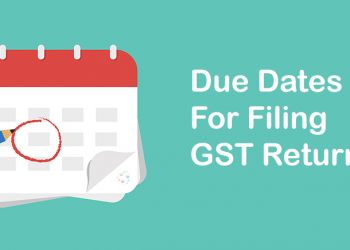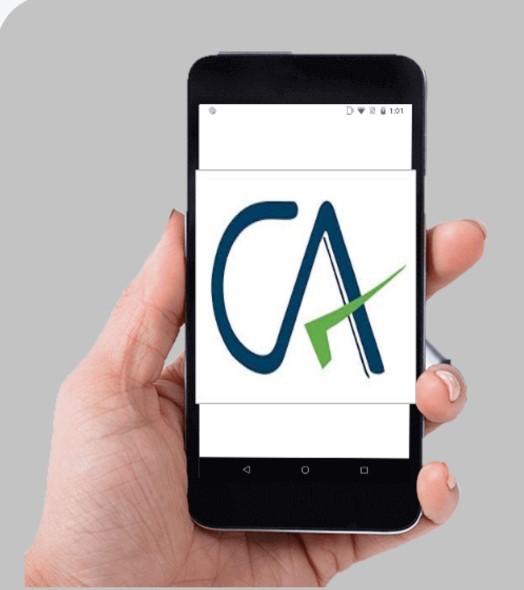Planning of capital gain income is a huge part of many cases and people usually earn a huge amount in such capital gain deals and don’t know where they must invest such amount and save capital gain. The two most favorite section for claiming exemption are 54 and 54F.
In this post let’s discuss the difference between these two sections:
| Particulars | Effect u/s 54 | Effect u/s 54F |
| Eligible Assessee | Individual or HUF | Individual or HUF |
| Type of Capital asset sale eligible for exemption | Long term capital asset being residential house. | Long term capital asset being any asset other than residential house. |
| Purchase of new property for availing exemption | Residential house needs to be purchased within 1 years prior to sale or 2 years after the sale of above asset or construct new house within 3 years of sale. | Residential house needs to be purchased within 1 years prior to sale or 2 years after the sale of above asset or construct new house within 3 years of sale. |
| Capital gain account scheme | If the amount is not invested before filing return of income for relevant previous year one needs to deposit the amount in capital gain account scheme and amount so deposited would be considered as amount utilized. | If the amount is not invested before filing return of income for relevant previous year one needs to deposit the amount in capital gain account scheme and amount so deposited would be considered as amount utilized. |
| Amount of investment | To claim 100% exemption one needs to invest amount equal to capital gain. | The amount of exemption depends on a ratio which is: Amount of exemption = Amount invested in new property*Capital gain/ Net sale consideration. |
| Other condition | If amount of capital gain is below 2 crore and assessee wish to invest the same in 2 house he can opt for such scheme only once in lifetime. W.e.f. 01.04.2020. | Assessee should hold only one house other than the new house being purchased in this scheme at the time of sale of asset. |
| Capital gain on sale of new asset | As mentioned in clause (i) and (ii) of sub section 1 if the new asset is sold within 3 years then the capital gain claimed as exempt above would be reduced from cost of new asset while calculating it’s capital gain. | As mentioned in sub section 3 if new asset is transferred within 3 years of purchase the amount of capital gain claimed as exempt earlier would be declared as capital gain income from long term capital asset. |
Point to note:
After a recent amendment now a land or building would become long term if its held for 2 years, therefore in case of an asset purchased for claiming exemption u/s 54 is sold after two years, its cost would be reduced by the amount of capital gain exempted earlier. However one can again invest in another residential house and claim exemption u/s 54 by investing same amount again.
Thus, this are the major difference between between section 54 and 54F, where main difference lies in calculation of exemption and type of asset sold.
This article is just for information purpose it is always advisable to hire a professional for practical execution. If you need assistance you can ask a question to our expert and get the answer within an hour or post a comment about your views on the post and also subscribe to our newsletter for latest weekly updates.




![[Live] Updates and Tax changes for Budget 2023 | Tax on cryptocurrency | Income tax and GST udpates in Budget 2023 [Download Bill]](https://www.taxontips.com/wp-content/uploads/2023/02/Budget-2023-350x250.webp)








![[Live] Updates and Tax changes for Budget 2023 | Tax on cryptocurrency | Income tax and GST udpates in Budget 2023 [Download Bill]](https://www.taxontips.com/wp-content/uploads/2023/02/Budget-2023-120x86.webp)

